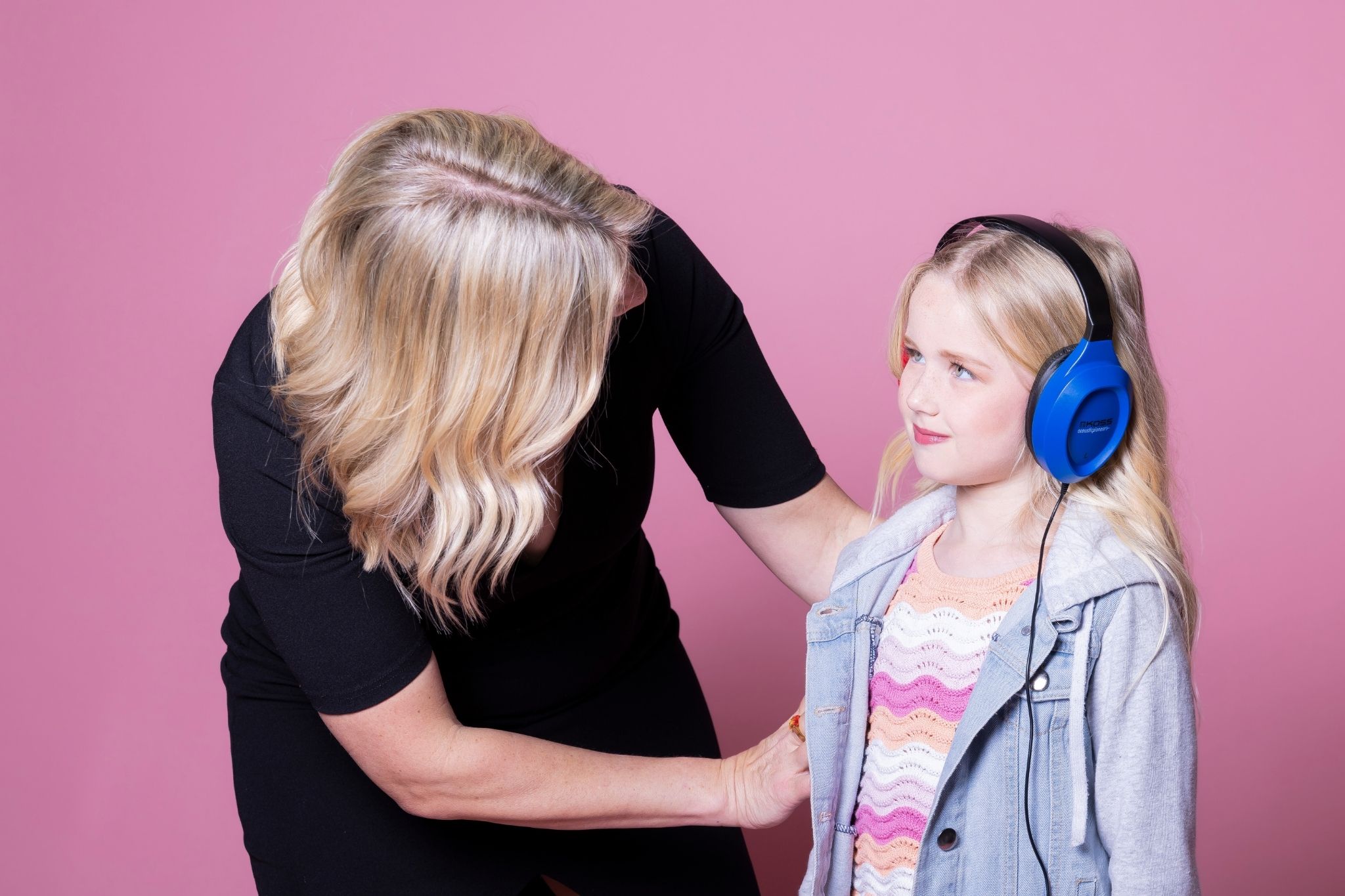
Evaluate APD master course
In just 90 days, audiologists can lift the level of service they offer clients.
This course teaches participants to identify the characteristics of their clients' specific auditory processing disorder using the acclaimed Buffalo Model's Central Test Battery.
Course Description
Over 12 modules, the course teaches participants how to carry out the Buffalo Model diagnostic procedure. This enables audiologists to effectively diagnose the characteristics of a client's specific auditory processing disorder.
The Evaluate APD Master Course is completed online, on-demand. This means participants can learn at their own convenience.
The Buffalo Model is a coherent approach to the evaluation and remediation of APD. Buffalo Model testing procedures, the Central Test Battery (CTB), have been used with great success for more than fifty years.
The CTB includes the Staggered Spondaic Word (SSW) test, the Phonemic Synthesis (PS) test and the Speech in Noise test. The Speech in Noise test is an important indicator of the Tolerance-Fading Memory (TFM) category of APD, as well as a practical clinical measure.
This battery of central tests contains many indicators of APD; however, administration of all three tests generally requires only 45 minutes.
Once the characteristics of a client's specific APD challenges are diagnosed - using the Buffalo Model - professionals can begin create a customized training program to improve clients' areas of difficulty. Training exercises such as the Phoneme Training Program are taught in the Treat APD Master Course.
By completing the Evaluate APD Master Course, participants will learn to use the Buffalo Model testing battery in their own audiology practice. Knowledge of and application of the Buffalo Model improves the service that professionals can offer their clients.
Eligibility
1. Be either an audiologist or studying to be an audiologist.
2. Have a basic familiarity with APD.
3. Have 1-2 hours a week to dedicate to learning the Buffalo model of APD therapy through online learning.
4. Be coachable, friendly, and respect our community.
Lesson Plan
- Welcome to Auditory Processing Institute!
- Why Should We Assess APD
- Test Yourself
- Demonstration of Evaluation
- Speech in Noise Assessment
- SSW Test Quantitative Assessment and Interpretation
- SSW Test Qualitative Assessment and Interpretation
- Phonemic Synthesis Quantitative and Qualitative
- Intake Deep Dive, Questionnaires and How to Report Your Results
- Localization Clock Test and Treatment
- Auditory Processing Testing for People with Hearing Loss
- How to Perform a Telepractice APD Evaluation
- Assess APD in Young Children (3.5 years+)
PLUS BONUS MATERIAL!
Learning Outcomes
By completing the Evaluate APD Master Course, participants will:
- Demonstrate they have acquired knowledge about the Buffalo Model
- Understand and be able to demonstrate how the evidence-based Buffalo Model approach can be used to diagnose specific APD disorders effectively.
- Be able to use the Buffalo Model tests in their own audiology practice, improving the service they offer to customers.
Online Learning
The courses are taught entirely online. On-demand lessons enables audiology professionals to learn an effective assessment discipline, alongside ongoing work commitments. Participants can study the course material at times most convenient to them.
Angela Alexander is available to provide assistance to course participants, on request.
Note: To use the Buffalo Model after completing the course, audiologists will need testing materials. A list of materials will be provided and these can be purchased after the course.
Evaluation Course
Or 12 monthly payments of $245.83
.png)